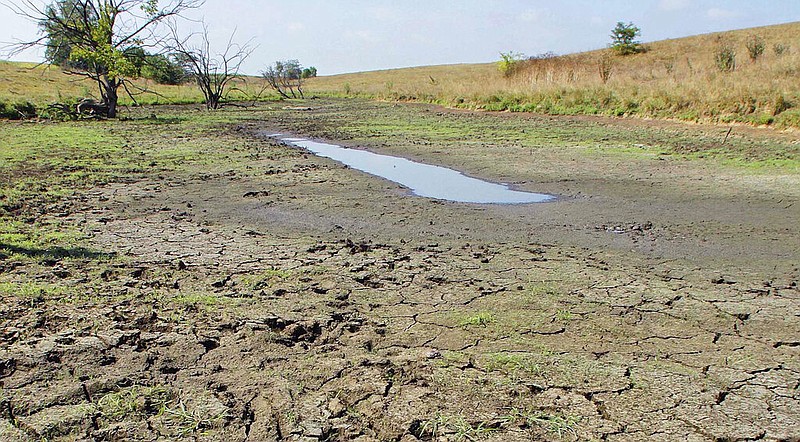The highly anticipated new waters of the United States, or WOTUS, rule released Aug. 29 by the Environmental Protection Agency will remove scores of water bodies from regulation under the Clean Water Act.
Absent from the new rule is the "significant nexus" test which had been part of WOTUS since the 2006 Supreme Court decision Rapanos v. U.S. In that decision, Justice Anthony Kennedy wrote that wetlands should be included in the definition of WOTUS if they shared "significant nexus" with a water already identified as a WOTUS.
The EPA's new WOTUS rule follows the May 25 U.S. Supreme Court decision in Sackett v. EPA. In that case, the high court narrowed the definition of WOTUS to include open, flowing bodies of water such as streams, rivers, lakes and the ocean, along with those wetlands that share a continuous surface connection with such bodies of water.
Prior to the Sackett decision, WOTUS included adjacent wetlands, defining "adjacent" as "bordering, contiguous, or neighboring." In its updated rule, EPA redefined "adjacent" as "having a continuous surface connection," bringing it in line with the Sackett decision.
"The effects of EPA's WOTUS decision will definitely be felt by ag producers, especially when it comes to wetlands," said Brigit Rollins, staff attorney for the National Agricultural Law Center.
The new WOTUS rule reduces the number of waters and wetlands that would require a permit for point source pollution.
"After the decision in Sackett, naturally the EPA was going to take another look at its definition of WOTUS," Rollins said. With "significant nexus" gone, "now only wetlands that share an unbroken or continuous surface water connection with water already identified as WOTUS are included."
This means that numerous bodies of water that previously would have been considered WOTUS will no longer have that classification.
"EPA is saying that wetlands which would share a surface water connection with a WOTUS but no longer have that connection due to manmade barriers such as levies, dikes or sand dunes will not be included in the WOTUS definition," Rollins said.
PRE-SACKETT WOTUS
After the Biden Administration's March 2023 WOTUS rule went into effect, courts enjoined it in 28 states.
There are three lawsuits outstanding regarding the 2023 rule: Texas v. EPA, West Virginia v. EPA, and Kentucky v. EPA. With EPA's final decision now out, the lawsuits are paused, and their future uncertain.
"It's hard to say what will happen with those," Rollins said. "We probably won't know the outcome for a couple more weeks. Those lawsuits may be dropped, or those involved may go on and litigate."
Rollins, who focuses on environmental law in her research, has been providing timely updates on WOTUS through 2023, both online and via webinar.
On Nov. 15, Rollins will continue the discussion of WOTUS in her next NALC webinar, "What's Up with WOTUS: Post-Sackett and Beyond." The third installment in Rollins' series will cover subsequent events following the Sackett decision and long-term effects of the ruling. Registration is online. Recordings of the first and second installment in the series are also available online.
WHY WOTUS MATTERS
WOTUS is a critical component of the Clean Water Act. The CWA was established by Congress in 1972 with the goal of improving the country's water quality.
To achieve that goal, certain bodies of water are declared as WOTUS under the CWA, granting them protections.
"The WOTUS definition has been the subject of considerable debate over the years, but 2023 has been a considerably busy year for all things WOTUS," Rollins said.
For information about the National Agricultural Law Center, visit nationalaglawcenter.org or follow @Nataglaw on Twitter. The National Agricultural Law Center is also on Facebook and LinkedIn.
For updates on agricultural law and policy developments, subscribe free to The Feed, the NALC's newsletter highlighting recent legal developments facing agriculture, which publishes twice a month.
The National Agricultural Law Center serves as the nation's leading source of agricultural and food law research and information. The NALC is a unit of the University of Arkansas System Division of Agriculture and works in close partnership with the USDA Agricultural Research Service, National Agricultural Library.
Drew Viguet is communications and special projects coordinator with the National Agricultural Law Center, University of Arkansas System Division of Agriculture.
